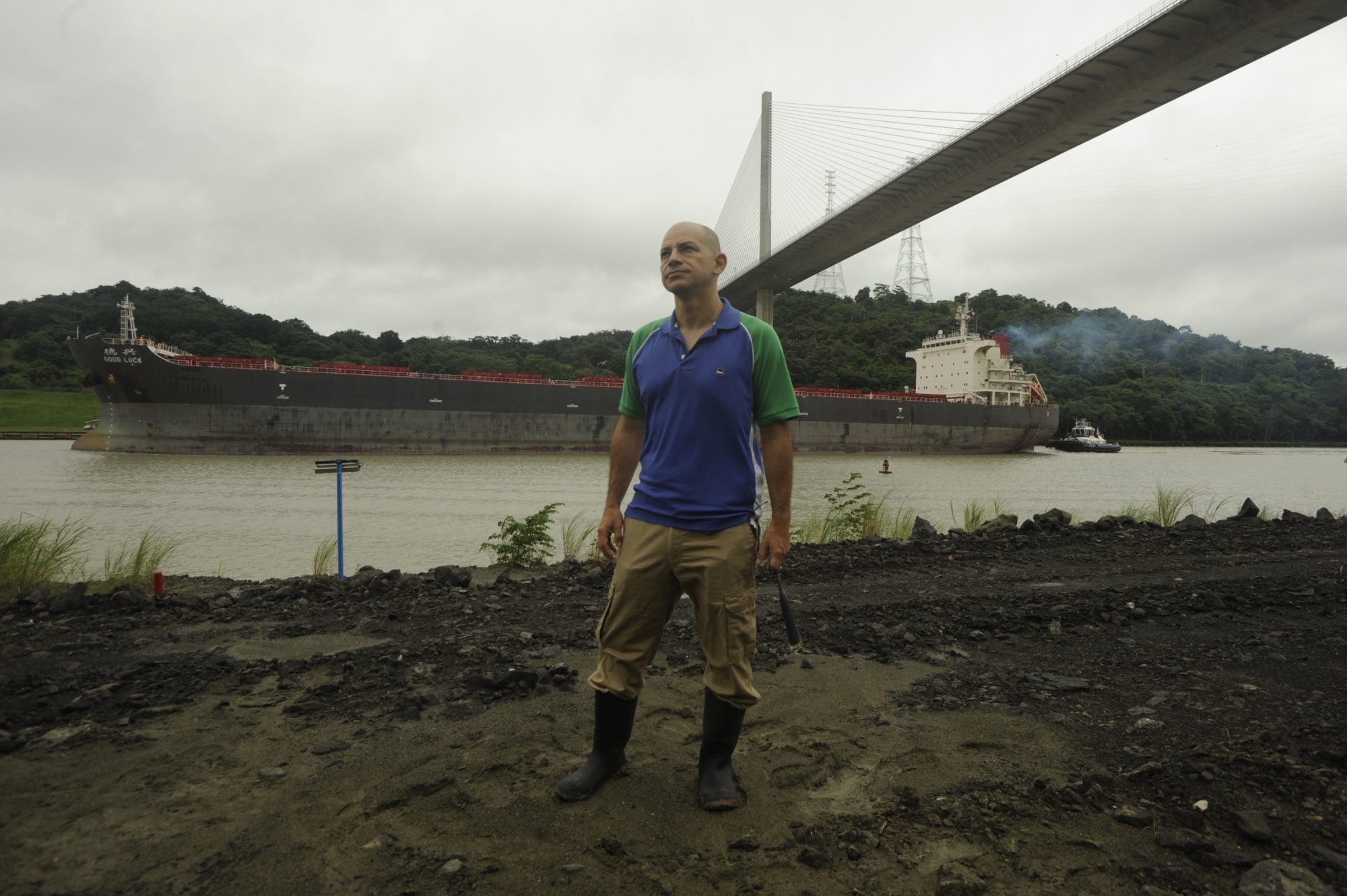 Meet a Scientist A closer look at the people behind the research
Meet a Scientist A closer look at the people behind the research
Carlos Jaramillo is the man behind today’s paleontological research on tropical rainforests
As a child, the diversity of plants and animals in his native Colombia left Carlos Jaramillo mesmerized. He found their fossils scattered across the landscape, leading him on a journey into the ancient past of the place he called home. But growing up in Bogotá, “the idea of becoming a scientist didn’t exist,” he said. “I was lucky enough to get it done. It’s a random historical accident that I am now a scientist at STRI.”
STRI is the Smithsonian Tropical Research Institute, the Smithsonian’s only permanent research center outside of the U.S. Seated deep in the Panamanian jungle, scientists from all over the world visit STRI to study the inner workings of tropical ecosystems. To those who are used to visiting the Smithsonian’s museums in Washington, D.C, STRI’s location may seem exotic; an exception to the rule. But to Jaramillo, STRI is exactly where it needs to be because, as he told us, the tropics affect us all.
“No matter where you live, whenever you drink water, every molecule of that water flowed through the tropics at some point,” he said. Beyond water, “everything in the tropics affects you. It’s a complex ecosystem with thousands of species. There are more species of trees in 25 hectares of the Colombian rainforest [about half the size of the Vatican] than the entire U.S. and Canada.”
Jaramillo and the other scientists at STRI study how the vast biodiversity he speaks of came to be, how it has persisted for so long, and how it responds to climate change and other environmental changes. Jaramillo joined STRI in 2005 and became the first endowed chair of paleobiology there, where his role is to discover and examine fossils that tell us where this tropical biodiversity came from.
Given the complexity of the rainforest, he explains, “we need scientists from many different fields of expertise—we need people to know about plants, physiology, microbiology, and so on, so we can understand the rainforest from many different perspectives.” But research in tropical Latin America is underdeveloped, Jaramillo expounds, since basic scientific research, the study of nature with no direct application in mind, often takes a back seat in the region.
This is why it is so important STRI is in Latin America, Jaramillo says. “No one else is doing this basic research. Very few scientific institutions in the developed world have a permanent base in this region. Instead, most scientists come for the summer and go back home. We at STRI are here year-round and we can do things here no one else can.” This includes long-term research projects, such as monitoring weather and ecological data going back to the early 1900s.
In another example, when work began to expand the Panama Canal in 2007, Jaramillo saw newly exposed land as an opportunity to learn more about the region’s ancient history. Working quickly, his team brought together information from fossils, geology, and chemical records to learn just how the tropical ecosystem responded to environmental changes in the past, so they could predict what the future would hold in the face of modern climate change.
Jaramillo’s achievements would not have been possible without the work he put into building a community of experts to collaborate with. Over the last 20 years, Jaramillo has trained over 250 students from 23 countries, almost single-handedly creating the global network of paleontologists who study the Central and South American tropics today.
Jaramillo takes in scholars and trains them (some for more than a decade) until they become independent experts on tropical paleontology. Most of the students Jaramillo trains are from Latin America and come from areas of the world that cannot offer a strong science education, and he says the kind of long-term, in-depth training he offers is the only way to do it right.
Many of his former students are now professors and have their own students. “The more I can help another Latino Americans that don’t have opportunity in their home country, the better,” he told me.
“There’s still a lot to understand and doing it all by myself doesn’t make much sense,” he said.
Meet a Scientist tells the stories of the people behind the research, the discoveries they make, and their inspiration. We explore their passions, celebrate their contributions, and look more closely at how questions become solutions that can inform environmental policy, spur technological innovation, and promote community and collaboration across the globe.

